Several of our colleagues will be speaking at Mobility Shifts, an international conference to be held in New York City October 10-16, 2011. http://mobilityshifts.org/
Panels include:
The Library in Your Pocket: Library Tech Development and DIY Learning with Kim Dulin (Harvard Library Innovation Lab); Linda Johnson (Brooklyn Public Library); Deanna Lee (The New York Public Library); and Shannon Mattern (The New School). Their introductory text states, “Libraries, in their dual - and often precariously balanced - commitments to cultural uplift and cultural outreach, have long been, at least in theory, places of self-directed, DIY learning. Yet as materials once available only in the stacks have become ever more accessible in people’s homes and in their pockets, libraries’ strategies for cultural outreach, and for supporting patrons’ self-education, have evolved… “
The conference will offer a wide variety of hands-on workshops including:
Learning with Mobile x Printed Media with Orkan Telhan, University of Pennsylvania, who will explore “alternative models of learning using mobile media and paper-based interfaces that are augmented with computational and electronic capabilities… .”
In addition, you might want to try Book Sprints and Booki, which will introduce the participants to Book Sprints and the Social Book Production environment, Booki. “The workshop will cover the Booki production process, export tools, and the social features which are integrated into the workflow of Booki… .”
We will see if they hand out paper programs on the days of the event.

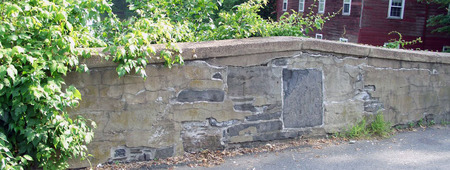



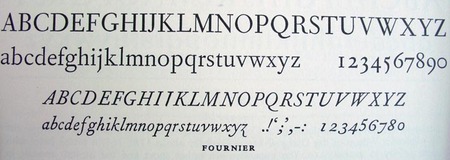
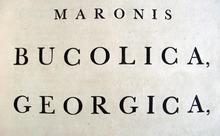


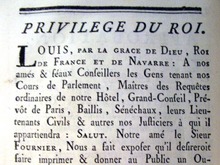
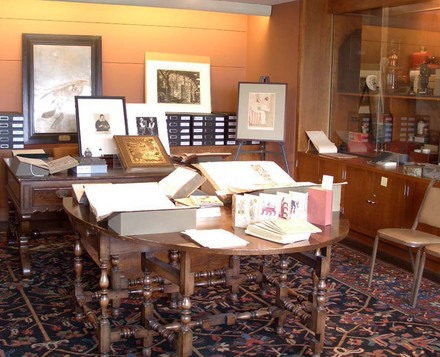
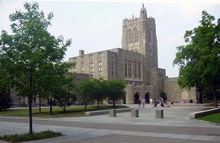
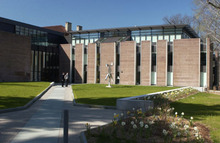
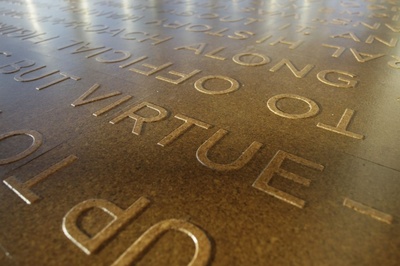

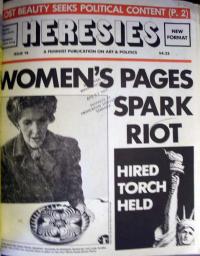
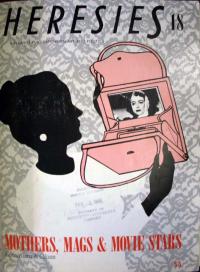
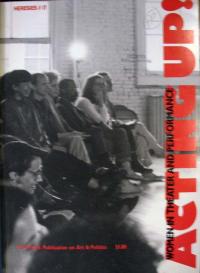

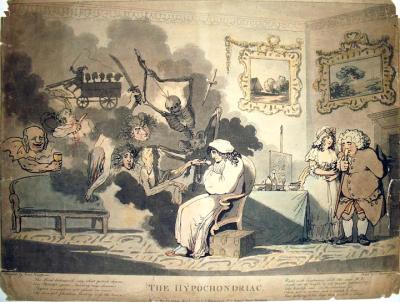

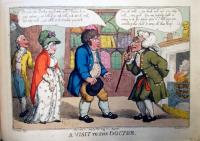

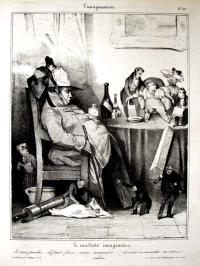
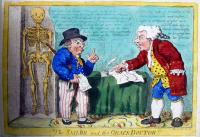
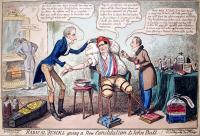

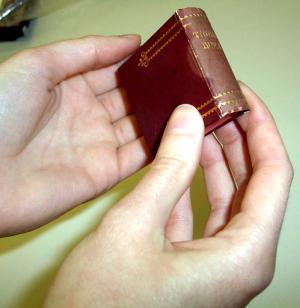

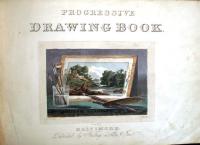



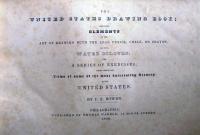
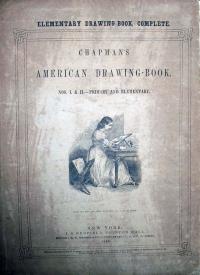
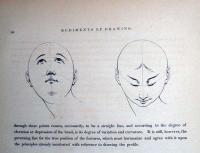

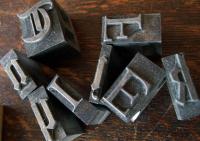
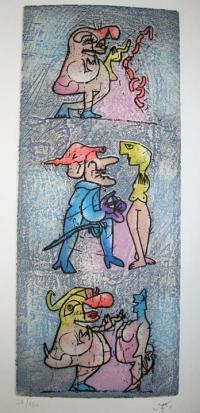
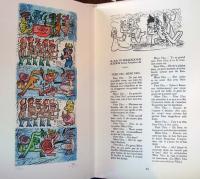

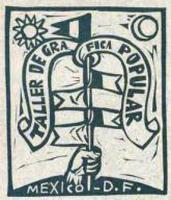
Recent Comments